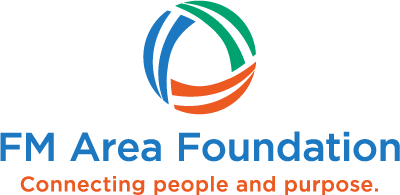Charitable deduction legislation ebbs and flows. Proposed reform efforts come and go, resulting in the occasional change to the provisions of the Internal Revenue Code governing charitable giving. At the same time, popular charitable giving techniques evolve and grow over time, frequently creating new opportunities for your clients to support the causes they love.
For instance, donor-advised funds (DAFs) were first deployed as a charitable giving technique in the 1930s—long before their popularity ascended in the 1990s—and recently reached record highs.
Similarly, Qualified Charitable Contributions (QCDs) were codified in 2006 through legislation that initially approved the technique for just about a year, followed by several legislative extensions before QCDs were made permanent by the Consolidated Appropriations Act of 2016. And while QCD annual limits ($100,000 per person and $200,000 for couples) have remained constant in the past, those will change when indexed for inflation under the new laws passed at the end of last year.
Now, like then, legislation pending in Washington—if realized—may influence the techniques your clients deploy to meet their charitable goals.
Donor-advised funds and private foundations
Currently, contributions to donor-advised funds by private foundations fall under the same rules as contributions to donor-advised funds by individuals, in that the funds are not subject to any particular timing requirements to be distributed to charities. Despite the lack of a formal pay-out requirement, however, the 10-year average aggregate pay-out rate from all donor-advised funds is a whopping 22.2%, and the 2021 aggregate pay-out rate was a record 27.3%.
In contrast, private foundations are subject to a 5% annual distribution rule. Under proposed legislation (see page 139 of the Treasury’s explanation document), while it would not affect contributions to donor-advised funds by individuals, contributions to donor-advised funds by private foundations would need to be distributed “by the end of the following taxable year,” and documented as such, to qualify for the 5% private foundation distribution requirement. Time will tell whether these proposed changes make it into law.
Beyond the standard deduction
Tax deductibility of donations has changed with the times, and another piece of in-process legislation, if passed, would again reward charitable-minded tax filers who do not itemize, at least for tax years 2023 and 2024.
The Charitable Act, as it is known, would allow deductions of up to one-third of the applicable standard deduction for non-itemizers. As background, under the higher standard deduction passed as part of the Tax Cuts and Jobs Act of 2017, many donors who’d previously deducted their charitable donations lost that ability. Indeed, to the dismay of many nonprofits, tens of millions fewer households itemized their deductions in the years following the increased standard deduction, removing part of the incentive to make charitable gifts. The Charitable Act would strive to alleviate some of the negative impact on charities.
Recent history shows that taxpayers respond positively to deductibility opportunities, with 42 million taxpayers taking advantage of the $300 “universal” charitable deduction offered in 2020, and 24% of those having gross income of less than $30,000. That opportunity was extended in 2021 but discontinued for 2022. Notably, polling has shown strong support for restoring the universal charitable deduction.
With potential restored deductibility in the works—and again, it’s early in the process and not yet law—keep in mind that the community foundation is here to help your clients organize their charitable giving through a donor-advised or other type of fund.
As the tradition of change continues for charitable giving, the community foundation will continue to be your source of smart, efficient and secure gifting.





